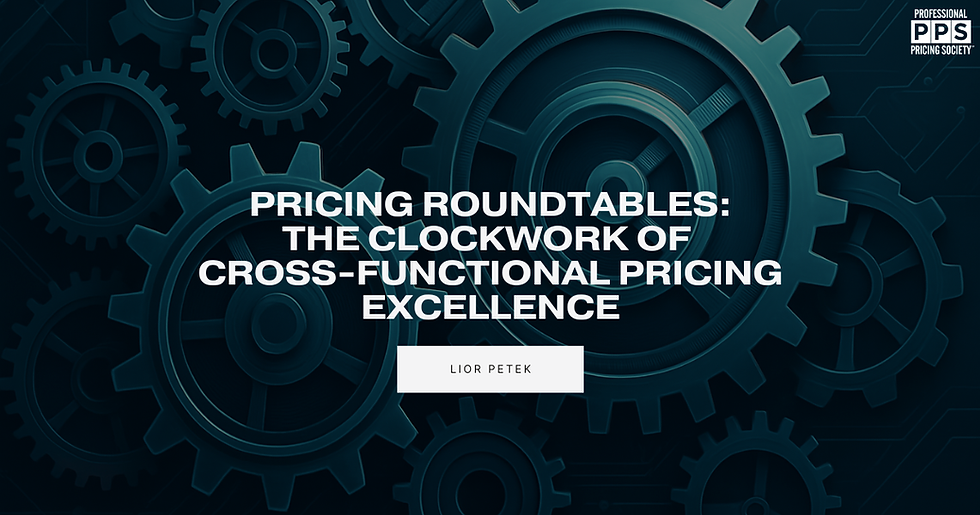9 Factors That Affect Willingness To Pay
- Meagan Ford
- Nov 28, 2016
- 2 min read
Companies should better understand "customer willingness-to-pay" concepts before starting or negotiating new products.

How important is Willingness To Pay (WTP) in business? How can pricing strategies impact the desired result? Below are (9) Factors That Affect Willingness To Pay from our friends at BlackCurve Pricing. The article was originally posted on BlackCurve.com and authored by Moira Cormick.
1. PRICE V. QUALITY EFFECT Buyers will be more willing to pay if they believe that a higher price signals higher quality. 2. UNIQUE VALUE EFFECT If the buyer values the unique attributes of your product they they will be more willing to make a purchase. In a nutshell they value your product above others in the marketplace. 3. EXPENDITURE EFFECT Buyers are less willing to buy an item the higher the total expenditure, both in pounds and pence terms and as a percentage of their income and/or budget. 4. THE EFFECT OF CUSTOMER CHARACTERISTICS Several pricing studies have found that customer characteristics may influence WTP. These differences in WTP may depend on demographic, psychographic, or behavioral characteristics. The demographic variables include age, sex, race, income, marital status, education, and geographical location as well as psychographic variables such as activities, interests, opinions and life-style. 5. ENVIRONMENTAL EFFECT Macro environmental factors such as the overall state of the economy could influence customer willingness to pay. For example in a down turn in the economy the customer's willingness to pay may be lower as compared to a period when the economy is booming. 6. FASHION EFFECT Fashions increase the demand for certain products and services and consequently increase the customer willingness to pay for those products.7. FAIRNESS EFFECT If the customer perceives the price to be fair in comparison to similar products on the market they will be more inclined to buy. 8. CUSTOMER RESEARCH EFFECT If the buyer perceives that the current price is temporarily lower or higher than it will be in the future this will influence the timing of their purchase. 9. 2-FOR-THE-PRICE-OF-1 EFFECT Or, 3 for 2 effect etc. The buyer wants a bargain of course, to believe they are getting something for nothing. They are statistically less likely to buy a single item than a 'bundle' of items.




